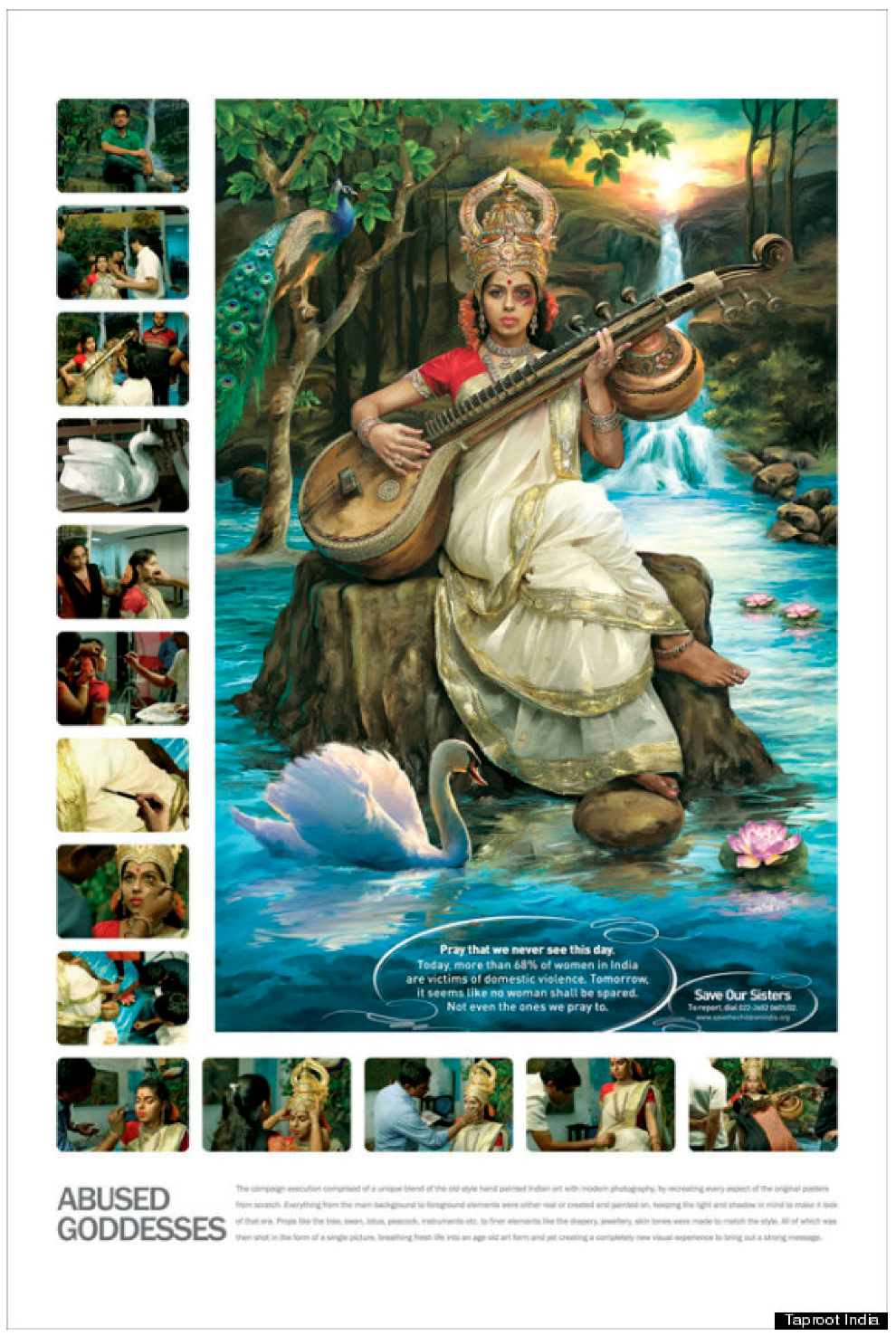Hindu and Egyptian myths depict the divine masculine and feminine as critical parts of shaping the world. Hinduism portrays the divine feminine or Shakti as the source of creation and the power that drives it with innumerable goddesses manifesting different feminine attributes. The divine masculine or Shiva represents the masculine energy of balance and stability. Egyptian mythology often associates the divine feminine with the environment and natural forces, personifying fertility and the source of life. The divine masculine was also represented as balance, stability, and power, with gods such as Osiris, Ra, and Ptah displaying these characteristics. Both mythologies highlight balance and emphasize the power of both sexes.
Goddesses vs. Gods: The Roles of Divine Masculine and Feminine in Hindu and Egyptian Mythology
Introduction
Throughout history, different cultures have had diverse beliefs and mythologies. In ancient times, Gods and Goddesses have played a crucial role in shaping people’s perceptions of the world. In Hindu and Egyptian mythology, deities are portrayed as men and women, with both sexes holding equal importance in shaping the world. However, there are differences in the roles allotted to women and men in these mythologies. In this article, we will discuss the roles of the divine feminine and masculine in Hindu and Egyptian mythology.
The Divine Feminine in Hindu Mythology
In Hindu mythology, the divine feminine or the Shakti is known as the source of creation and the power that drives it. Hindu mythology is rich with innumerable Goddesses that manifest different attributes of the feminine energy. For example, Saraswati, the goddess of learning and wisdom, is depicted with a lute that symbolizes the harmony and rhythm of the universe. Similarly, Lakshmi, the goddess of wealth and prosperity, is depicted with a lotus in her hand, representing purity, beauty, and fertility.
The goddess Durga is often portrayed as a fierce warrior who vanquishes demons that threaten the world. She represents the power and strength of the feminine energy, and her presence is felt in every aspect of life. Kali, the goddess of time and empowerment, is another fierce goddess who embodies female sexuality, defiance, and death. The female deity’s role in Hindu mythology is one that embraces the power of the feminine and the strength and vitality it brings to life.
The Divine Masculine in Hindu Mythology
The divine masculine or Shiva, in Hindu mythology, is the destroyer of evil and the stabilizer of the universe. He represents the masculine energy that supports and sustains life. Shiva is often portrayed as meditative, a yogi in poses such as the Ardha Padmasana, and his meditative state represents the role of the masculine energy in seeking balance and stability. The masculine energy also manifests the idea of the creator, and Brahma is the god of creation in Hindu mythology.
Other gods such as Vishnu, the god of preservation, and Ganesha, the elephant-headed god synonymous with wisdom, are also pivotal in Hindu mythology. The divine masculine and feminine in Hinduism complement and support each other, and it is believed that by unifying them, one can attain enlightenment and ultimate salvation.
The Divine Feminine in Egyptian Mythology
Unlike Hindu mythology, the divine feminine in Egyptian mythology is often associated with the environment and natural forces. To them, the “mother goddess” was the personification of fertility and the source of all life. Isis, one of the most prominent goddesses in Egyptian mythology, is the goddess of fertility, motherhood, and protection. She is often depicted with a throne on her head, emphasizing her role as the divine kingmaker.
In addition to Isis, Hathor was another critical goddess in ancient Egypt, a goddess of love, music, and beauty. Hathor was associated with the sun, and her presence embodied the joy and beauty that came with the sunrise. Ma’at was another goddess of divine order, balance, and justice, epitomized by the concept of truth and balance.
The Divine Masculine in Egyptian Mythology
Similar to Hindu mythology, the divine masculine in Egypt represented balance, stability, and power. The god Osiris was the king of the dead and the god of fertility, resurrection, and life. The sun god Ra was the creator of life and the pharaohs’ protector, and his presence ensured fertility and growth.
Ptah was another important god in ancient Egypt and was mainly associated with creation and craftsmanship. His followers regarded him as the creator of the universe and the god of the artists, builders, and architects. Ptah was believed to have created the world’s foundations through his words, emphasizing the tremendous power of the spoken word in Egyptian mythology.
Conclusion
In Hindu and Egyptian mythology, both the divine feminine and masculine were integral and interdependent. The roles of the gods and goddesses in these mythologies laid the foundation for spiritual practices and traditions that have grown for thousands of years. While the specific roles and attributes of the divine feminine and masculine varied in these mythologies, they similarly emphasized the importance of balance, stability, and power of both the sexes.
